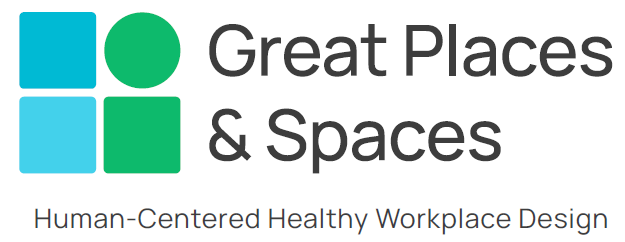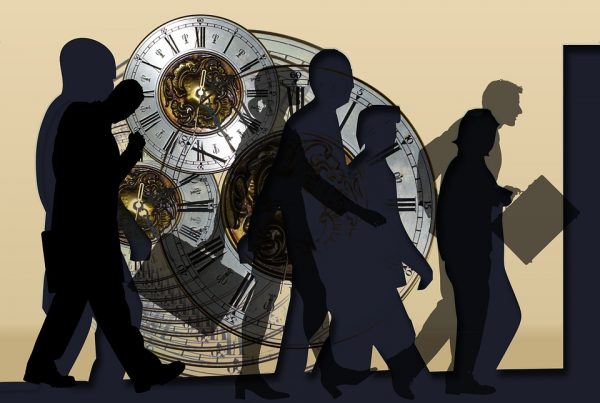Endemic phase requires provable compliance to create economic resilience.
By Craig Stark and the Safe Space Solutions Team
It’s perturbing to think that there are currently no standardized frameworks, data or management processes indicated for COVID-19 management use in any country or region. For those currently making decisions and are taking in information from many resources, there is no room for interpretation or optioning out of critical procedures.
Unfortunately, we consistently hear of various countries or regions (states or provinces included) which try to settle on “what’s good for them” against the global pandemic. This results in a patchwork of responses and respective outcomes.
Taken down to regions and cities, we felt the need to take a very deep dive into the granularity of facts from science, medicine, management practices to design and develop a standards based strategic framework to enable government, corporate and small business to get the process and outcomes right the first time.
The goal is to build resilience into the process, which will prepare for future waves, other viruses or natural disasters to save and preserve lives, economies and possibly, the future for the next generations to come.
We thought we would share the thinking and events we navigated through to research, plan and develop a strategy to address the pandemic’s grip on our lives and economies. The following is a summary of our team’s development of the framework and our “assessment as a service” solution.
We began the task of “sense making” around the early March time frame. As the world was under lock down orders, our “group of 7” began having group conference calls to discuss our current business focus on smart cities and developing smart regions and municipalities. The Strategy of Things (SoT) team had developed the Municipal IoT Blueprint and we were busy planning a few ways to utilize this to assist regions to plan for investments in digital utilities in our local (Ontario, Canada ) market.
As the news of the spread of COVID19 hit the mainstream, we all prepared for the shut down of our own local areas- (the team is mostly in Silicon Valley and Honolulu Hawaii -I know- it was April and still freezing here in the Toronto area) and we compared the various orders and local laws to stay at home. It became obvious that nobody was going to care much about launching lab to market IoT programs for Digital Utilities.
The core of SoT is Benson Chan and Renil Paramel, who had done the research for the Municipal IoT Blueprint. Their work was commissioned by NIST to further explore evolving standards and practices in smart city strategy and technologies. David Duncan had recently joined the SoT team to help drive some of the research and product development efforts for the project.
We thought it would be a mandatory exercise to map out the CDC COVID19 response plans over our existing blueprint to find a way to begin to help and we published this at the end of March. SoT’s Dr. Peter Williams had recently completed work on the launch – January 20, 2020 on the UN Private Sector Alliance for Disaster Resilient Societies (UN ARISE) which was peer reviewed by the Alliance for National and Community Resilience (US) under the title of “Disaster Resilience Scorecard for Industrial and Commercial Buildings. For Use by Building Owners, Operators and Managers.”
We were sitting on the most recent research, applied science and data backed processes to help build this new “assessment as a service” product stack. Dr. Williams gladly “open sourced” his work to the project and began diving into the application of the scorecard to a new, pandemic driven framework.
The formation of Safe Space Solutions was organic as a part of this research and application of knowledge and know-how. The goal for the development of the assessment was to make it as comprehensive as possible, but be easy enough for targeted groups to answer quickly and without any guesswork.
The other key facets of the project required the involvement of Great Places and Spaces, formed by partners Dr. Phyllis Horner and Dr. Manfred Zapka, at this time locked down in Hawaii. Dr. Horner’s specialty is in Organizational Psychology and Dr. Zapka an engineer/ architect with a specialty in Leadership in Energy and Environmental Design.
As we moved towards the reopening of spaces, it had become more apparent that the trust level and future performance of organizations depends on the efforts before, as well as after reopening. Dr. Horner readily developed out the framework and assessment flow to help make this process definitive and easy to manage. These dimensions can’t be created and put into practice without the considerations of the prerequisite building compliance measures.
The objective was to provide outputs which consistently create a predictive outcome for occupants. This is where the scientific and applied expertise of Dr. Zapka came in. He set to take the vast amount of conditional operations and performance data of HVAC and other integrated building systems and correlate it to the application of the developing assessment model.
The goal for the development of the assessment was to make it as comprehensive as possible, but be easy enough for targeted groups to answer quickly and without any guesswork or having to come back to it several times to complete it. We ended up streamlining the “Core” of the assessment into the 4 parts supporting the framework and left some pre-screening data as such and other nested inputs as post assessment variables for follow up.
We also saw many organizations jumping to look at technology to help get businesses reopened. In the early days of April and May, we saw areas reopen with a lot of “First wave” scenarios to implement very tactical solutions.
In support of screening and prevention, we saw all kinds of discrete solutions for temperature, identity, crowd control, contact tracing and other tools. We quickly saw the need for the “go/ no-go” solution for grocery stores and other essential services.
However, when we looked at the assessment model, we realized that having all of these tools integrated into a systems view, compliance view and performance views were preferred and made the model an investment in resilience.
This lead to the formation of a performance lead dashboard and analytics, which would benefit many stakeholders depending on the uniqueness of the locale, building type and use of space by occupants. The raw data from devices wouldn’t give us this alone.
The growing number of solutions out there forces us to look at the interoperability, data governance and scalability of these new high-tech solutions so that they are virtually plug and play, but are also secure. Running the assessment is not a one off parametric analysis. The system is architected to manage for a number of changing variables over an indefinite lifecycle.
Much like recalculating a spreadsheet multiple times, the SSS algorithms will help reduce the risks due to these variables. The SSS solution provides the capability and capacity to help virtually any customer get to the right strategic decisions and follow thorough with the use of complex algorithms formulated specifically for our framework.
The entire system provides for the foundation for a global standard in safe space solutions.
The ability to generate actionable, easy to use reports was also a challenge. We saw many complex, technical tools that would have very little context to an organization’s leadership team, especially in dealing with the inherent liability issues they are now facing. Companies have enough to worry about in terms of rebuilding business and taking care of customers and employees.
Going forward, the risks of further waves of COVID19 are still uncertain and imminently high. Working with our global partners and related knowledge bases, we will be first to provide an active and highly vetted response via our platform.
By taking the onus off of managers and staff to create policies and interpret several federal, state/ province and local municipal laws, best practices or suggestions, the safer everyone will be.
For more information on the assessment framework we are preparing a 4 part series of follow on posts to help clients get ahead of the risks as they reopen:
![]()
Part 1 Space and Usage Evaluation for Building Owners and Tenants
Part 2 Prevention and Protection Preparation for Leadership and Managers
Part 3 Building Engagement and Trust Participation for HR and Leadership
Part 4 Response and Recovery Resiliency Planning and Management for Operations




